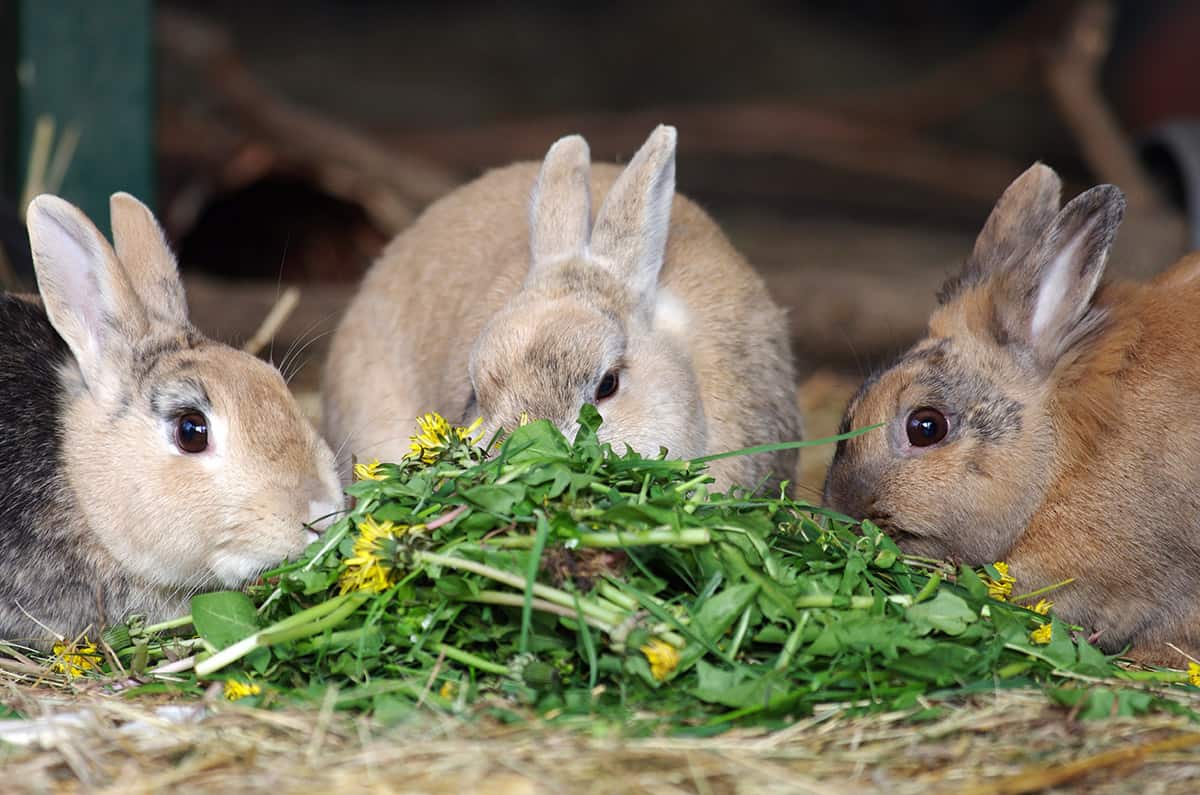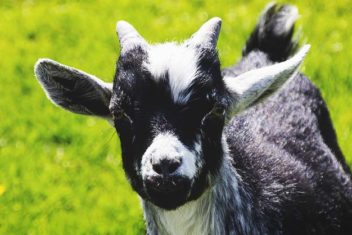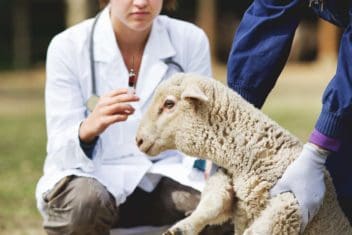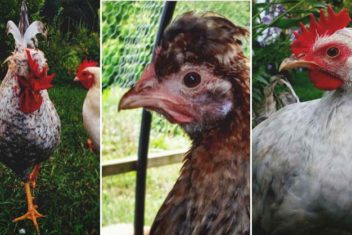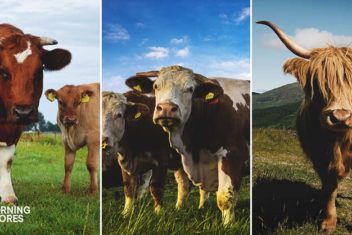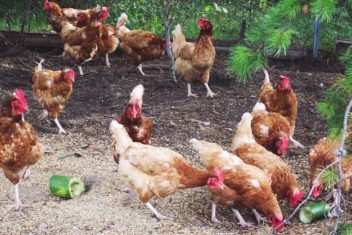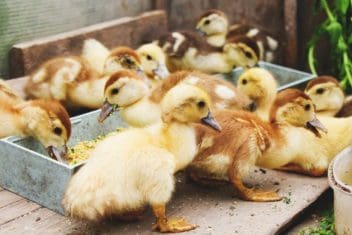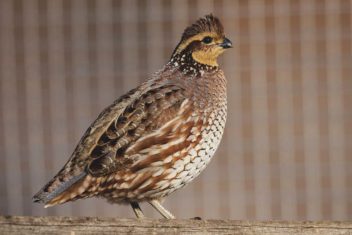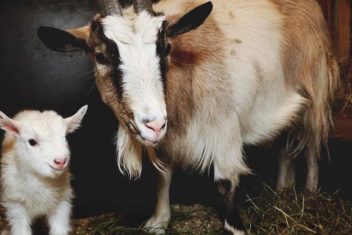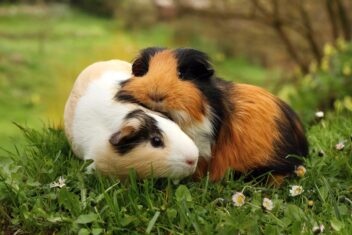If you have herbivore pets such as rabbits, small rodents, tortoises, or parakeets (just to name a few), then you’ve noticed they eat a lot of plants. Hopefully, they’ll continue to do so for many healthy, happy years to come! When you’re planning a food garden to feed your entire family, it’s important to also plant species that your non-human companions need—and enjoy—as well.
Below are 40 plants that can be eaten by a wide variety of herbivore pets. Just be sure to double-check with your animal’s healthcare provider to ensure that these varieties are safe for them. What’s okay for a tortoise might be harmful to a rabbit, etc.
Vegetables
Different species have different dietary needs. Some need more dry fiber, while others thrive with more fruit. Here are some veggies to try.
1. Lettuce
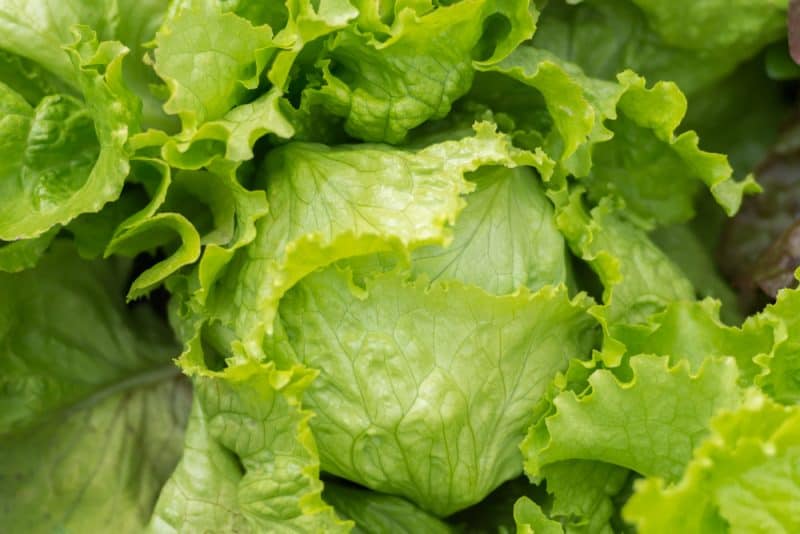
Most herbivore friends can eat lettuce, and enjoy the wide varieties available to them! Just note that the dark, leafy lettuces such as Romain types are best for most pets. Head lettuces like iceberg or Bibb have few nutrients and can cause bloat in rabbits, or diarrhea in parakeets.
That said, head lettuces are okay for guinea pigs and tortoises in small doses. Whenever possible, aim for the firm, dark leafy greens instead.
2. Celery (for the leaves)
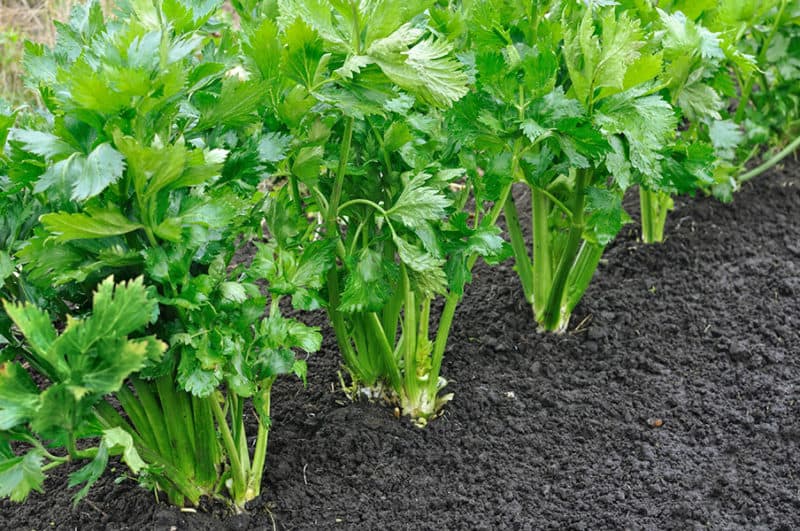
Although few pets enjoy crunching on celery stalks, many of them enjoy the flavor of the leaves. Choose varieties that grow darker leafy greens for extra nutrition.
3. Zucchini/Courgette

Now, these are an acquired taste for just about everyone—human and non-human alike. Some beings love the flavor and texture of zucchinis (aka courgettes), while others balk at them. The same goes for animal companions.
Double-check to see if they’re safe for your pet, and offer a tiny amount at first. Many plant-eating pets enjoy zucchini blossoms more than the mature vegetable, so that’s a food option as well.
4. Green Beans
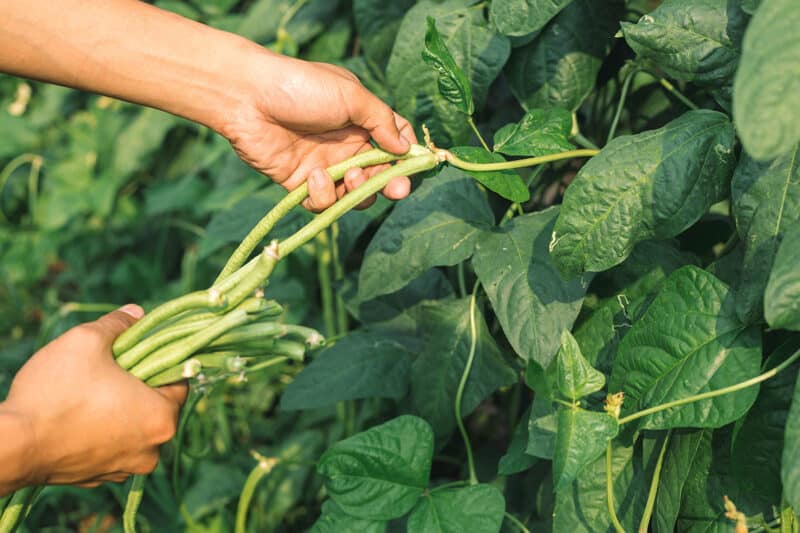
While actual mature or dried beans can be harmful to many pets, very young, tender green beans are edible by many. Look into which cultivars are safe for your friends, and choose the ones that will thrive best in your zone.
5. Curly Kale
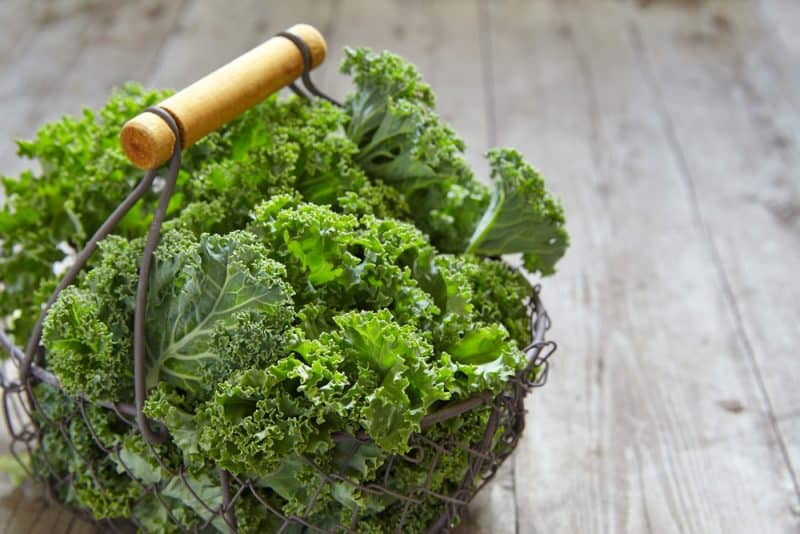
Many brassicas can cause gas in herbivore pets, so talk to your vet before introducing this plant into their diet. If you get the go-ahead, however, your little friend will be able to enjoy lots of great nutrients from this great leafy green. Just remember to grow curly kale varieties such as Scotch curled, rather than flat-leaved like Russian Red or Lacinato.
6. Cucumbers
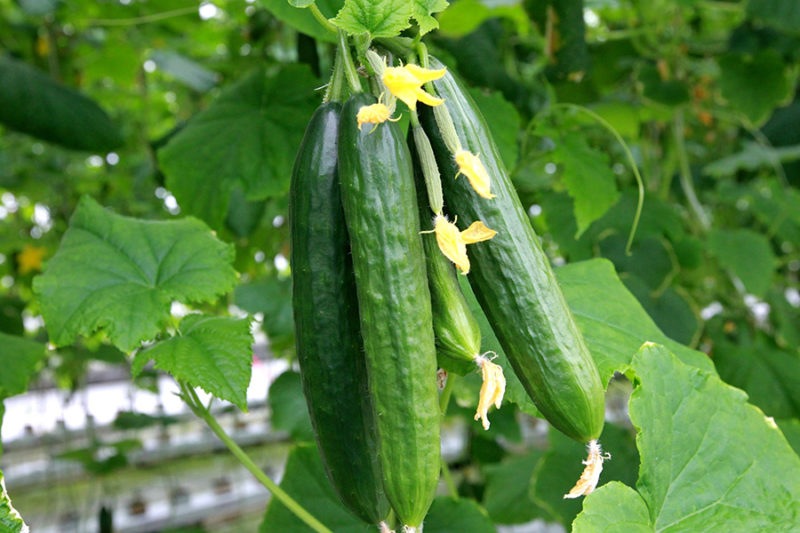
Part crunch, part water, all deliciousness. Like other members of the Cucurbitaceae family (looking at you, zucchini, squash, and pumpkin!), cucumbers are edible and non-toxic to most herbivores. You can grow any variety for them, and even offer the flowers as treats.
7. Sweet Potatoes
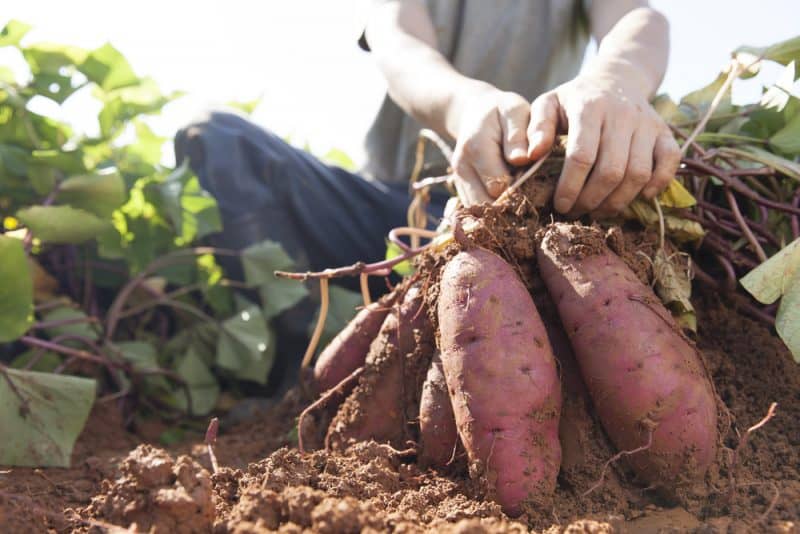
Some plant-based pets can eat sweet potatoes, while others can’t, so please do your research beforehand. Also, while some can eat these raw, others need to have them cooked first. If they’re safe for your friend, they’ll certainly benefit from these plants’ nutrient density.
8. Peas
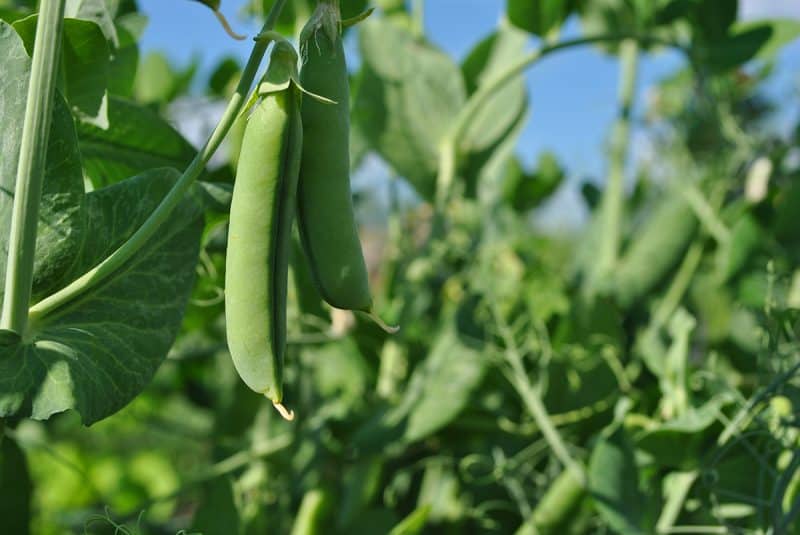
Many, if not most herbivores can eat peas, whether raw or cooked. Some prefer the pods, while others like the little nuggets of joy inside. Just keep in mind that peas are high in sugar, so they should only be occasional indulgences.
9. Watercress
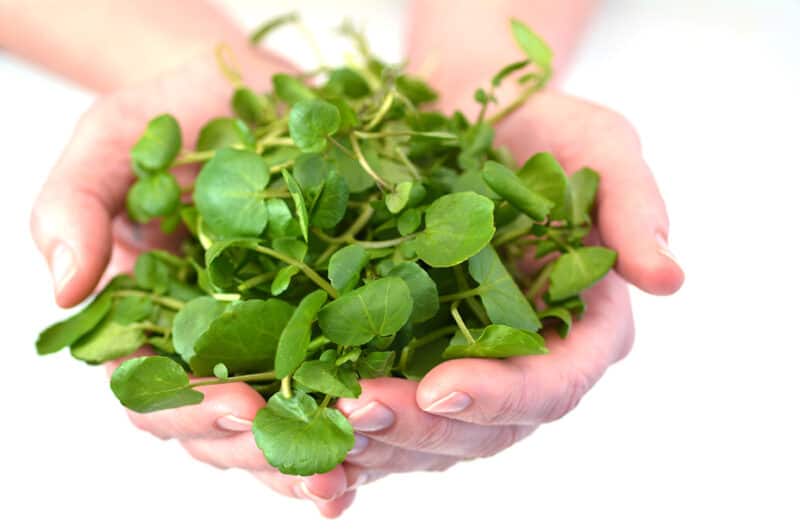
Not all animals enjoy the pepper bite that watercress offers. You can try offering your pets a small amount to see if they like it. If they do, add a small pinch to their feed now and then. Watercress is great to grow in containers, or if you have a really wet area on your land.
10. Carrots

While people mostly think of rabbits eating carrots, these high-sugar foods should only be rare treats. That said, pets like parakeets and skinks often like to eat cooked carrots. Rabbits, guinea pigs, and other herbivores can benefit from eating carrot greens. These are unlikely to cause the same health issues that the sugary roots do.
Here are 18 of the best varieties to grow.
Herbs
Many herbivore pets enjoy eating herbs as part of their daily diet. That said, different pets will have different food preferences! What one animal will enjoy, another might abhor. Offer a tiny bit of something to your little friend to see whether they enjoy it (and if it’s okay for their belly). If all goes well, you’ll have another beneficial food item to work into their diet!
11. Dandelions
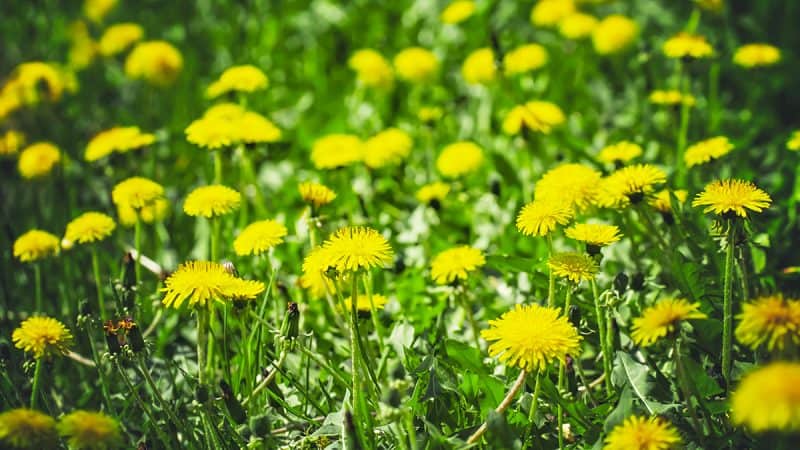
Dandelion greens are safe for most herbivore pets, including rabbits, degus, guinea pigs, and several other species. They’re highly nutritious and can be eaten fresh or dried. Some herbivores like to eat the flowers as well, but try to avoid feeding them stems.
12. Anise Hyssop
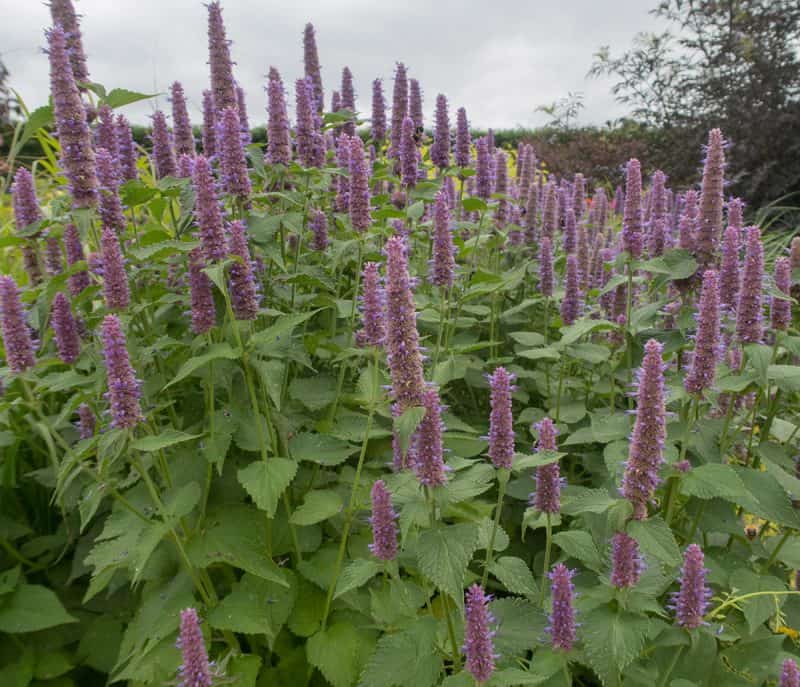
Fragrant, licorice-scented anise hyssop is either loved or hated by various herbivores. Talk to your vet ahead of time to see if this plant is safe for your friend. If it is, it may be both enjoyed, and of benefit to your pet! I feed it to my rabbit to fend off GI slowdowns and to alleviate potential gas issues.
13. Peppermint
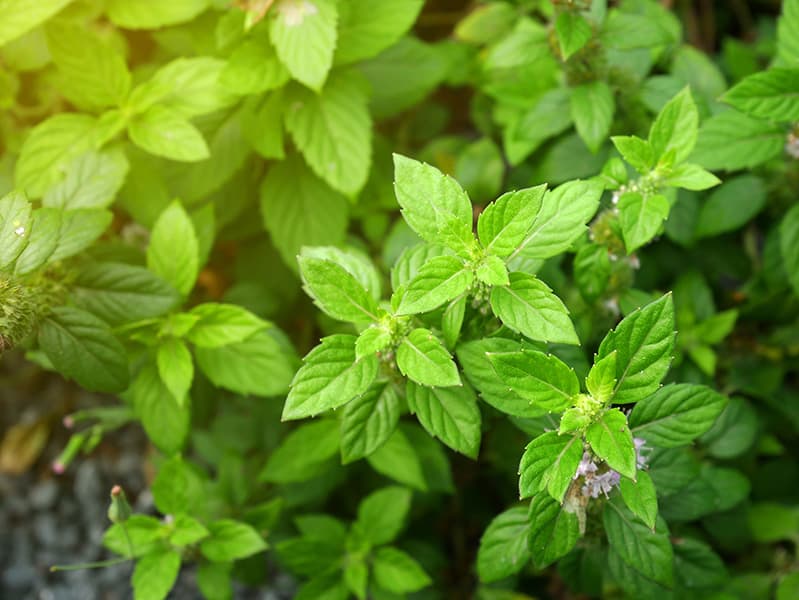
This is one of the main herbs I grow for my rabbit’s health. Chinchillas can eat it too, as can guinea pigs, albeit in small doses. In fact, it’s recommended to grow if you have rabbits, as peppermint tea can help to alleviate life-threatening gas and GI slowdowns/stasis.
14. Lemon Balm
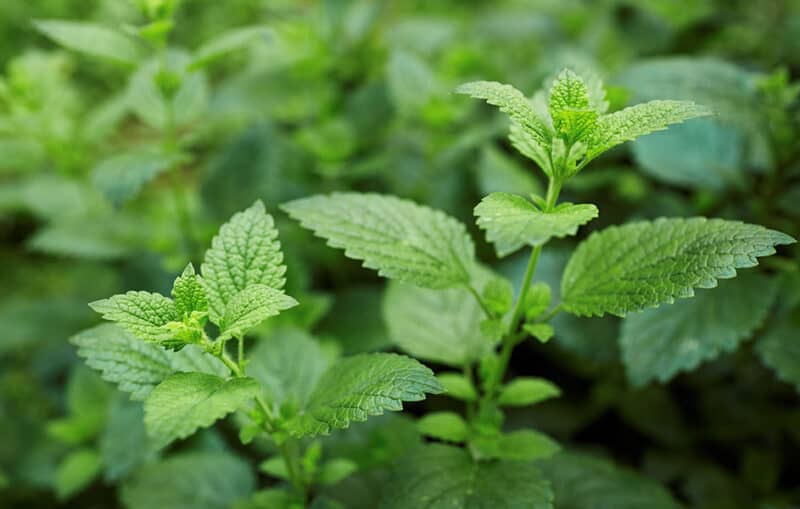
This herb doesn’t just smell amazing: it’s beneficial for many herbivore animal bellies. For example, it can alleviate (and prevent) bloating and gas in rabbits, and may also help to ease anxiety and/or stress.
15. Dill
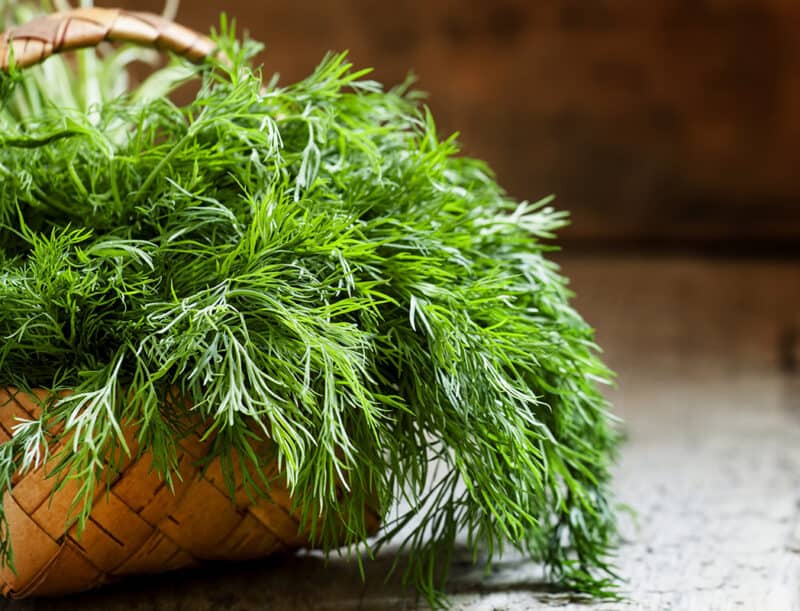
This high-fiber, tasty herb can help prevent GI stasis in rabbits and may be enjoyed by a variety of vegan pets. As an added bonus, their breath will smell like pickles when you kiss them.
16. Basil

Rabbits, chinchillas, and tortoises may all enjoy a snack of basil leaves and/or stems every so often. A lot depends on the variety you’re offering them! Most seem to like large-leaved varieties like Genovese or lemon basil but aren’t interested in cinnamon or Thai varieties.
17. Oregano

Oregano has a very strong flavor that only a few herbivore pets enjoy. It has antibacterial and anti-inflammatory properties that can benefit rabbits’ digestive systems, but it contains too much calcium for guinea pigs. Like all other plants, offer it in moderation.
18. Italian Parsley
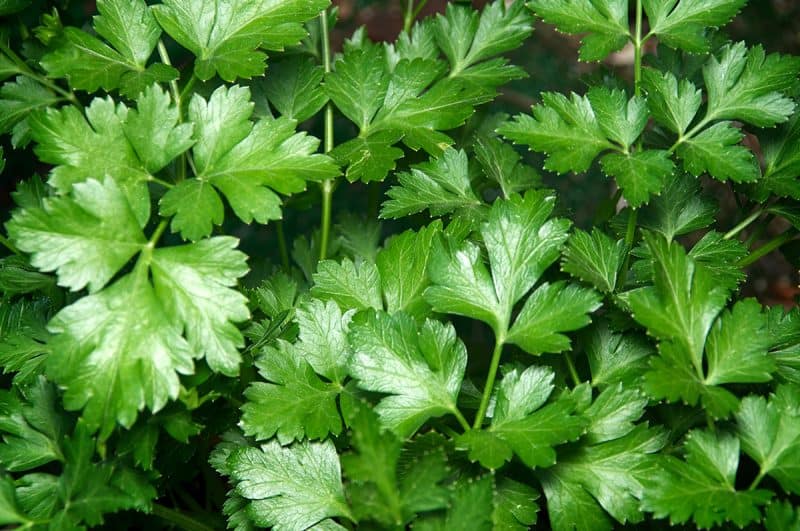
Many small animals love to gnaw on Italian (flat) parsley. It offers them calcium and other great nutrients while assisting with dental hygiene and a healthy GI tract. It’s high in calcium, however, so be careful about offering too much, too often.
19. Cilantro
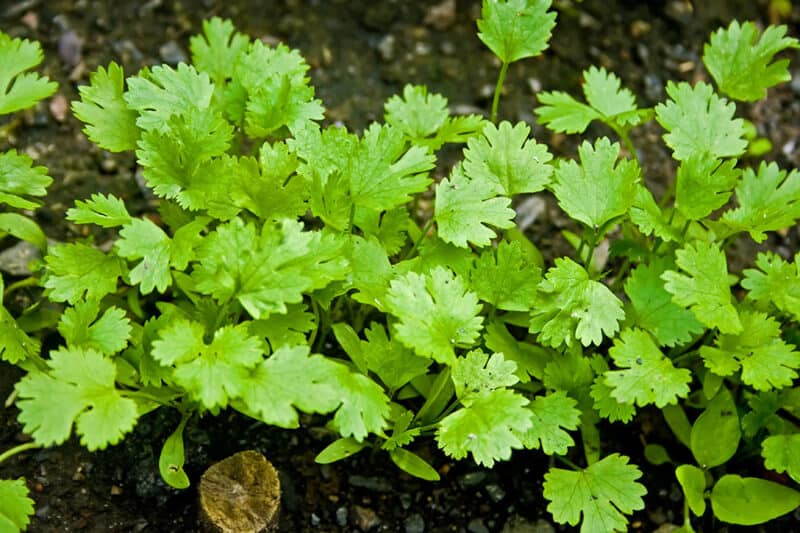
Just like humans, animals tend to either really like or really hate cilantro. Rabbits and guinea pigs can benefit from the leaves and stems in moderation, provided that they’re fresh and not bruised or rotting. Never feed anything to your pets that looks like it’s going “off”.
20. Sage

Sage is high in vitamin K, iron, and B6, which are beneficial to guinea pigs and rabbits. Furthermore, sage is also high in fiber, which is great for maintaining a healthy digestive system. That said, not all pets enjoy its strong flavor, so offer tiny bits sparingly.
21. Lavender
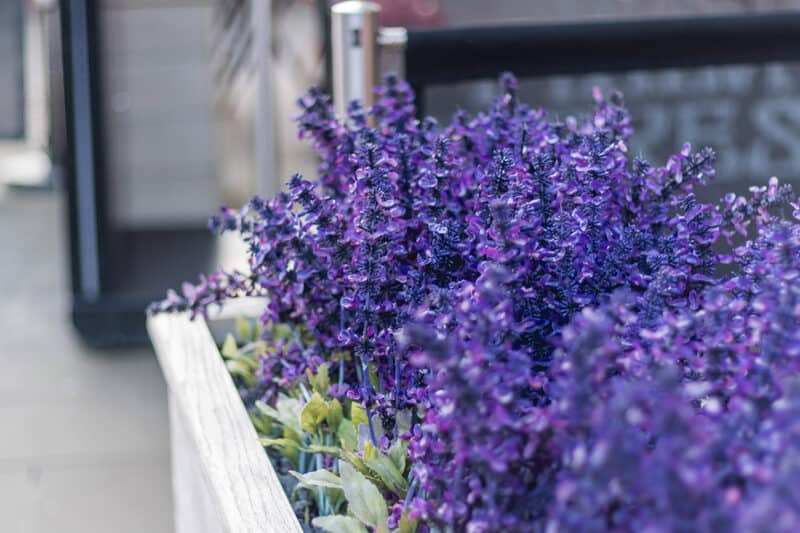
This fragrant member of the mint family is hit or miss when it comes to pets. While it can be beneficial for relieving stress and anxiety in rabbits and guinea pigs, it’s toxic to chinchillas, gerbils, and mice. If you’re growing it as snacks for the former, choose French lavender (Lavandula dentata).
22. White Clover
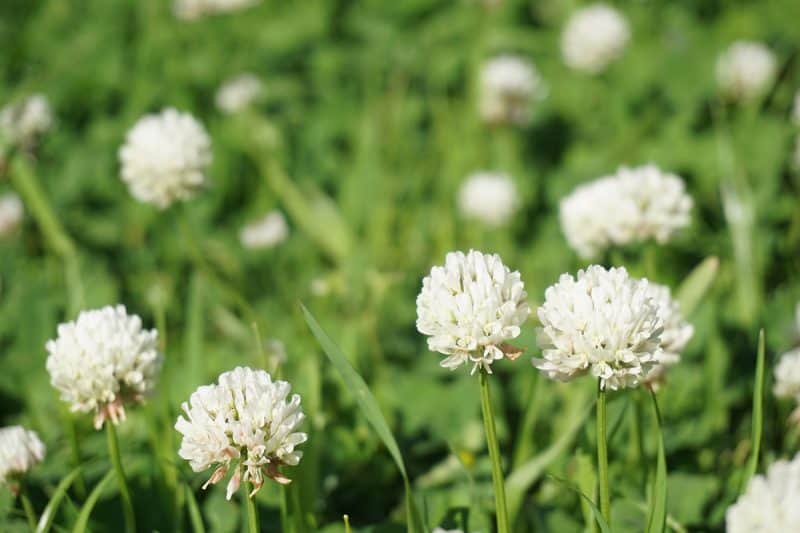
Clover leaves are great for most plant-based pets, as long as they’re offered sparingly. The leaves, like the flowers, are quite high in sugar.
23. Plantain
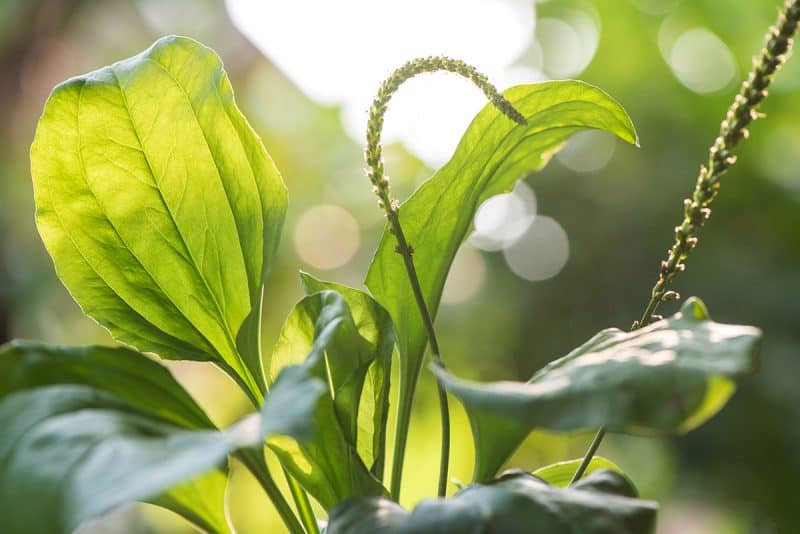
When we talk about plantain here, we’re talking about the herb (Plantago major), not the fruit. Don’t get me wrong, fried plantains are amazing… but your herbivore companion will likely do a lot better with the leafy greens instead. Just note that young plantain leaves are tender and delicious, while older ones get stringy.
24. Yarrow
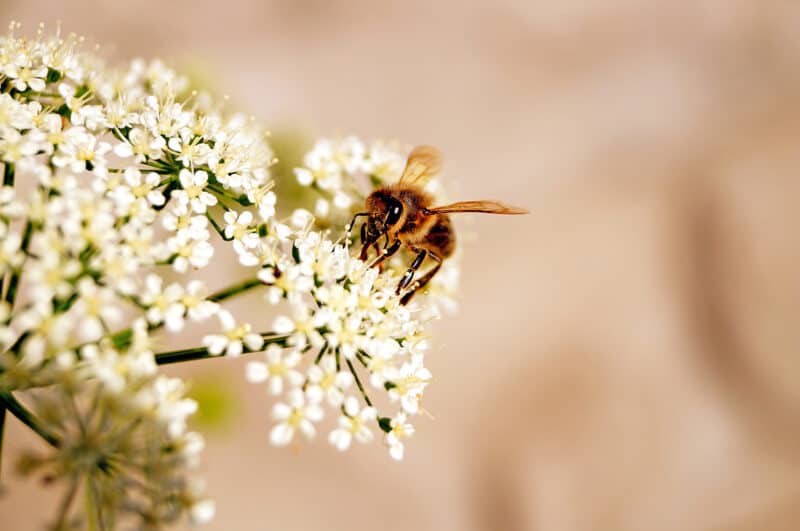
Yarrow grows wild in many parts of the US. It’s an invaluable plant in the garden, so if you do decide to grow it for your herbivore friends, you might want to check out its many other uses.
25. Coltsfoot
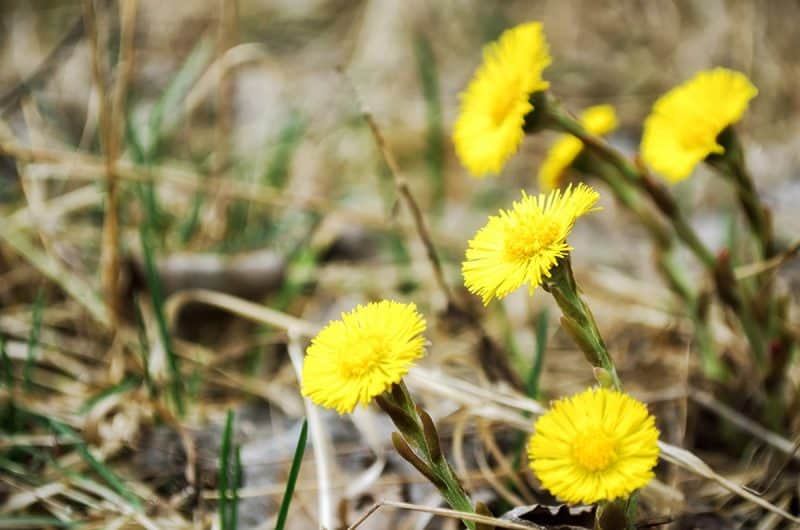
This prolific perennial grows beautiful, soft leaves that many animals enjoy eating. Although they can be eaten raw, it’s better to dry them out. This reduces many of their pyrrolizidine alkaloids, which can be harmful to both humans and animals in large doses.
Flowers
Flowers can be a fabulous addition to your herbivore companion’s diet. You can use the foliage on some of these plants, as well, but check to make sure the leaves are edible for your pet.
26. Calendula
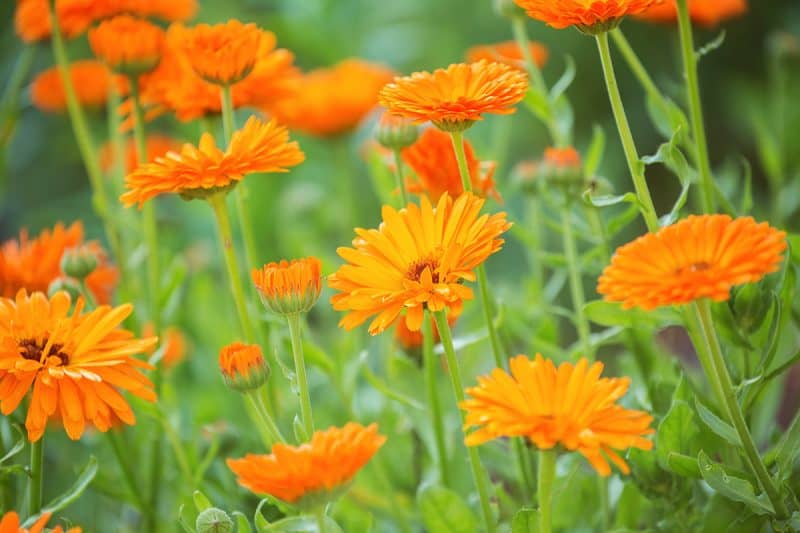
Not only is calendula an immensely healing herb for humans, but it can also benefit animal friends as well. Grow it alongside other crops as a companion plant, and pluck the petals for your rabbits, chinchillas, etc.
27. Sunflowers
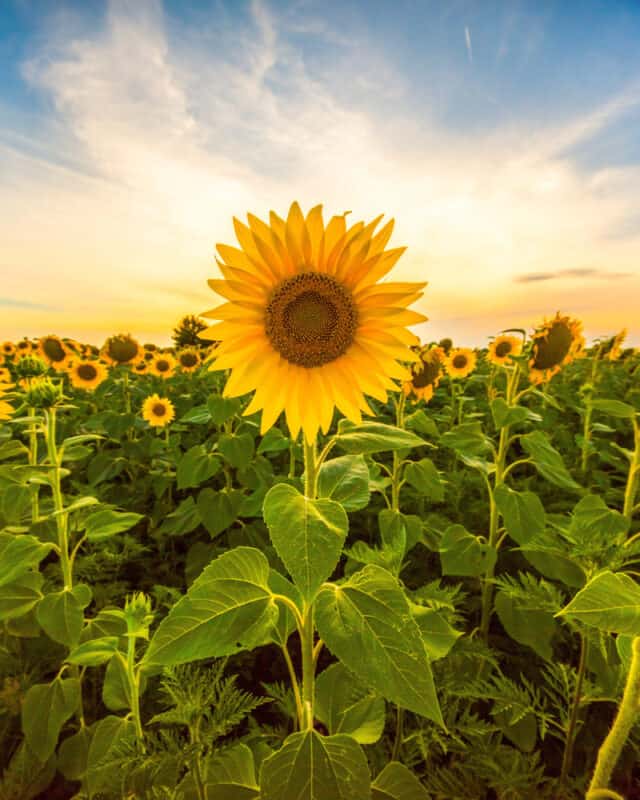
The sunflower parts that you can give your herbivore pet depend on your little friend’s species. For example, rabbits and guinea pigs like the petals, while chinchillas, gerbils, and birds enjoy the seeds.
28. Roses
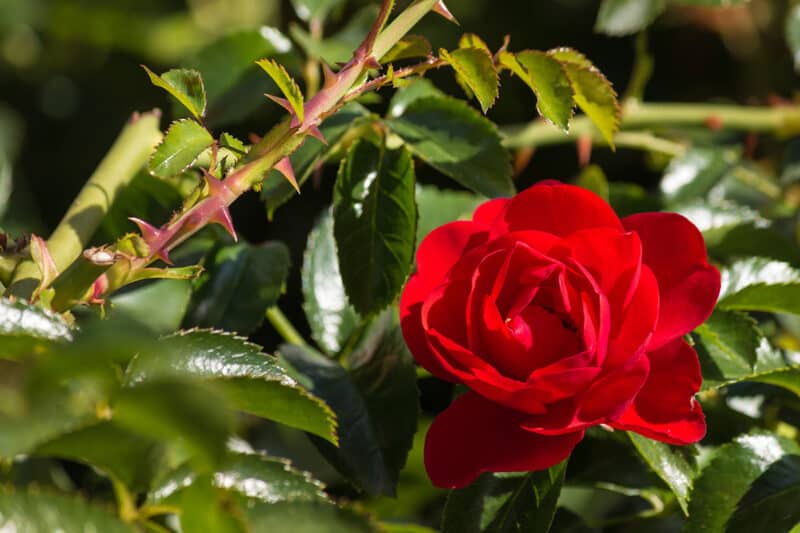
Some pets like the petals, some like the rosehips in autumn. Either way, roses are great, nontoxic options for many plant-loving pets to nibble on. Choose those that are hardy to your zone, and never treat them with chemical pesticides if you plan on feeding them to your furry family members.
29. Nasturtiums
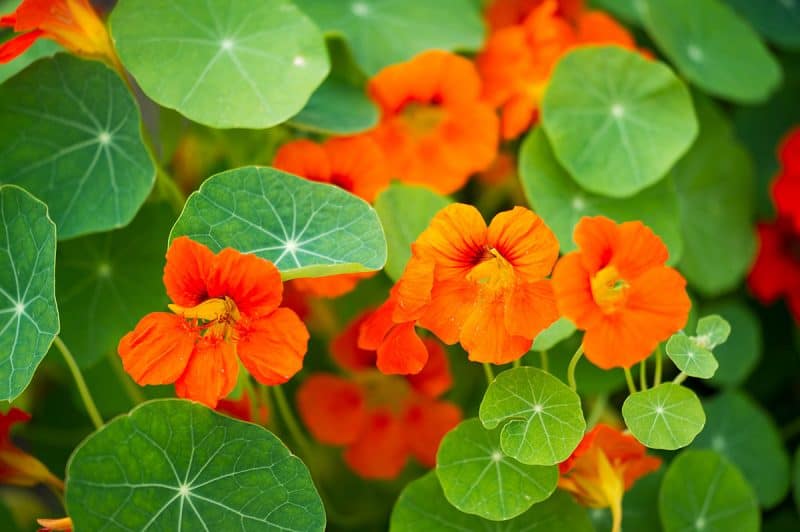
These gorgeous plants are pretty much totally edible by most herbivores. The spicy leaves and flowers of nasturtium are enjoyed by some, and avoided by others, so it’s a crapshoot as to whether your friend will eat them or not. That said, they’re excellent companion plants for most species: if your pet doesn’t like them, they’ll still be amazing for your garden.
30. Hibiscus
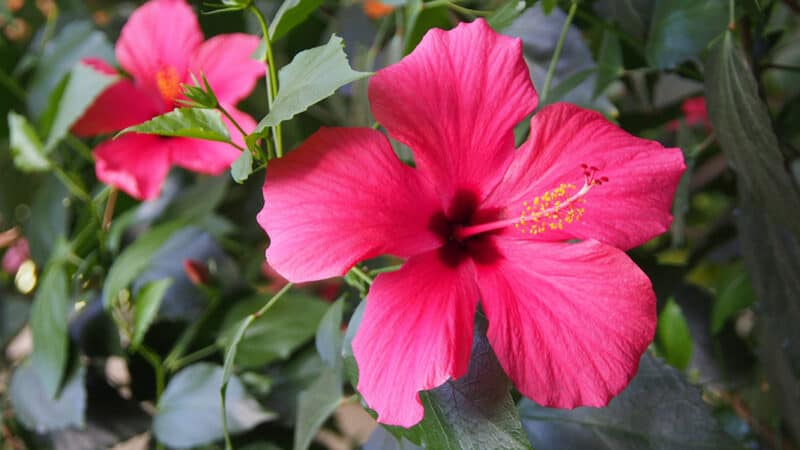
Many animals enjoy hibiscus blossoms, both fresh and dried. If you’re growing these for guinea pigs or rabbits, dry them out thoroughly on screens or in your food dehydrator. Then mix the flowers in with their hay for tasty treats.
Fruits
Sugars can wreak havoc on herbivore bellies, so they need to be given sparingly. Ask your vet or consult care guides on how much fruit is healthy and safe for your friend.
31. Blackberries
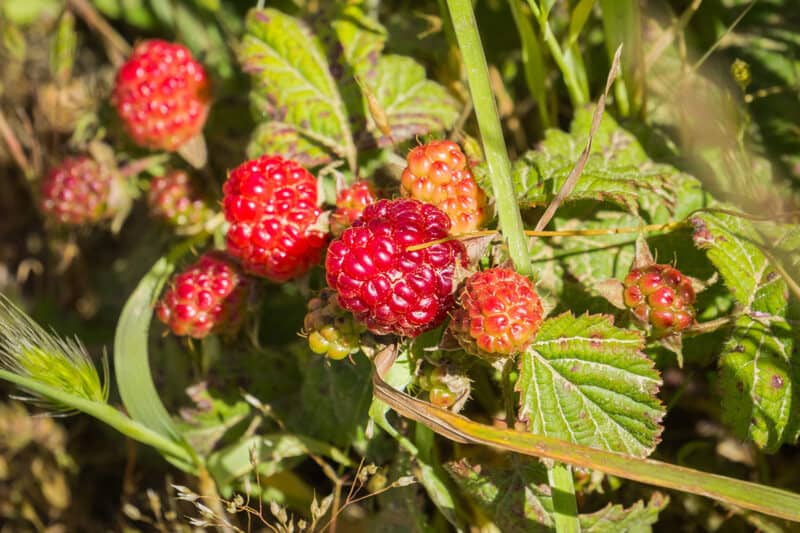
Blackberry leaves are excellent for most, if not all, plant-based pets. As always, do research beforehand, but for most of them, these tart, astringent leaves are highly beneficial to their bellies. Blackberries thrive in acidic soil and grow prolifically in many different zones.
32. Blueberries
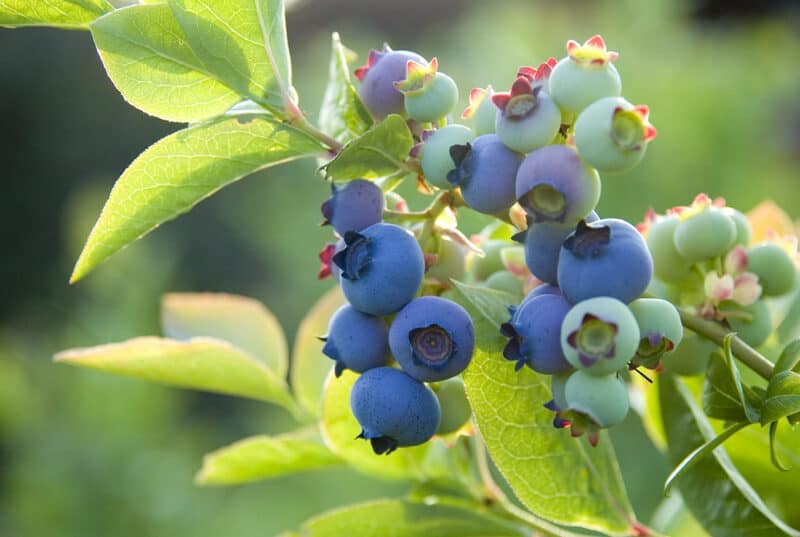
Many animals love to chew on blueberries, but be sure to check them for mold first. If there’s even a hint of white mold anywhere on them, toss them in the compost—don’t feed them to your friends.
33. Raspberries
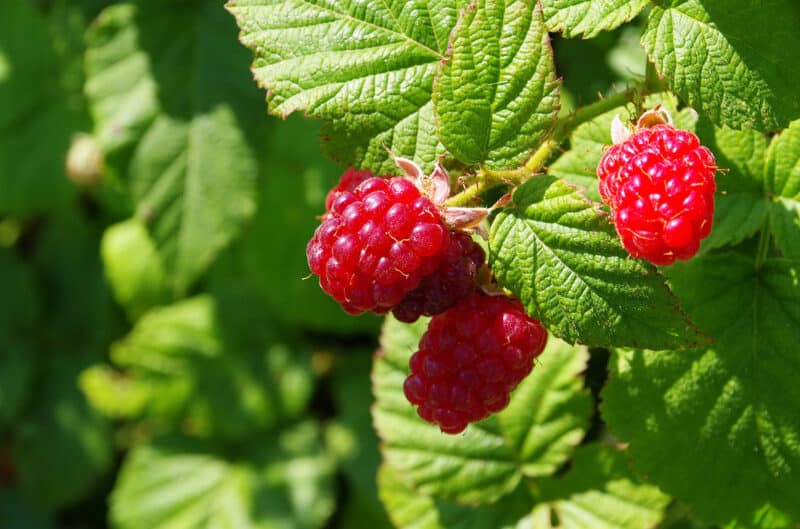
Like blackberries, raspberries have nutritious, astringent leaves that can be beneficial for many herbivores. Some don’t like to eat the fruits themselves, but the leaves will be chomped on with great enthusiasm. These plants can grow well in partial shade, so they’re invaluable for filling up areas in your herbivore food garden.
34. Cherries
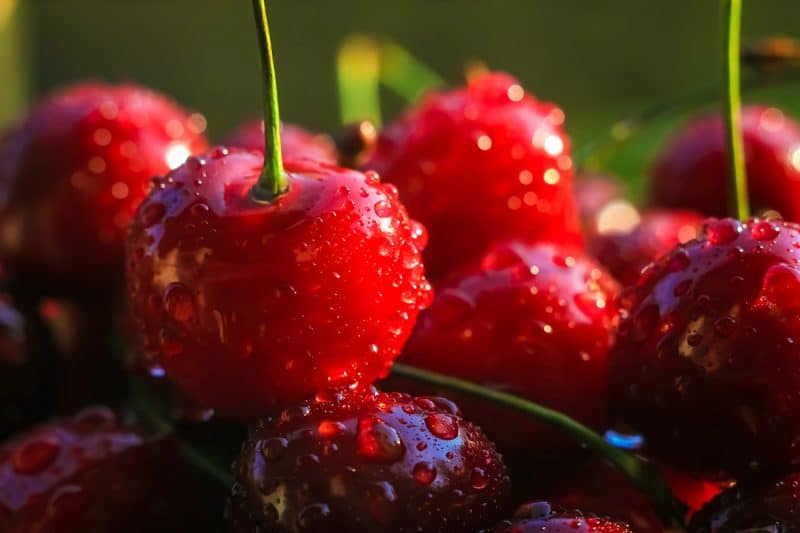
Remove the pits, and just offer your pets a couple of small pieces to see if they like them. Be aware that if your pet has white fur around its mouth, it’ll look like it murdered something.
35. Bananas
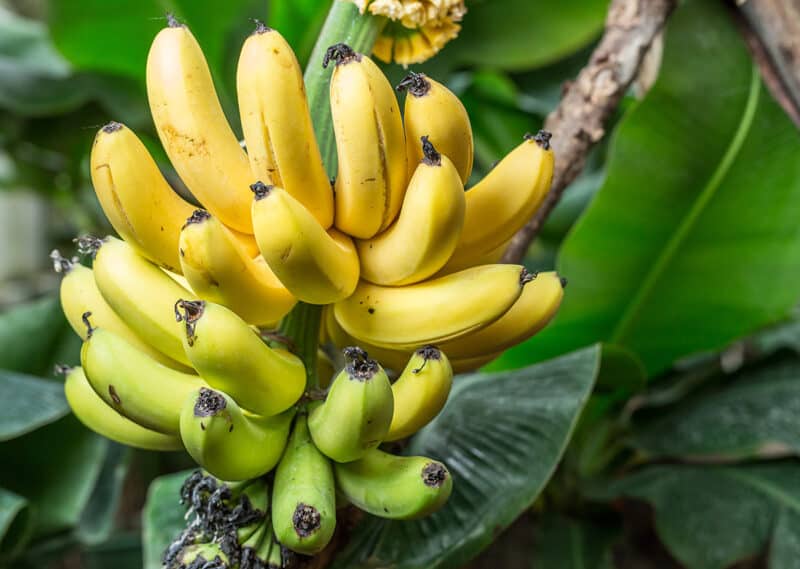
Many herbivore pets can eat (and really enjoy) bananas. These can be difficult to grow outside in cooler climates, but you can grow dwarf species indoors pretty easily!
36. Peaches
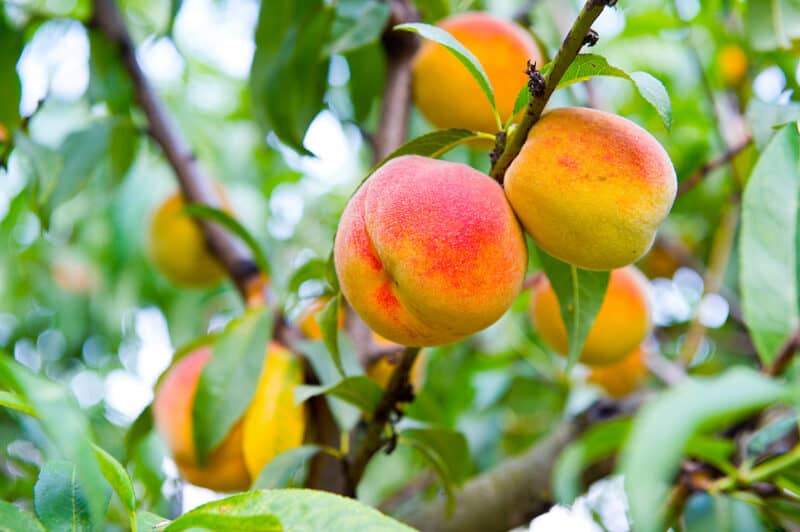
Most stone fruits are safe for pets, but as always, do your research. Try growing dwarf peach trees in barrels in your yard, or on your balcony.
37. Apples

There aren’t many animals out there that can’t eat apples. These low-maintenance fruit trees thrive in zones 3 through 11, provided you choose the right species.
38. Pears
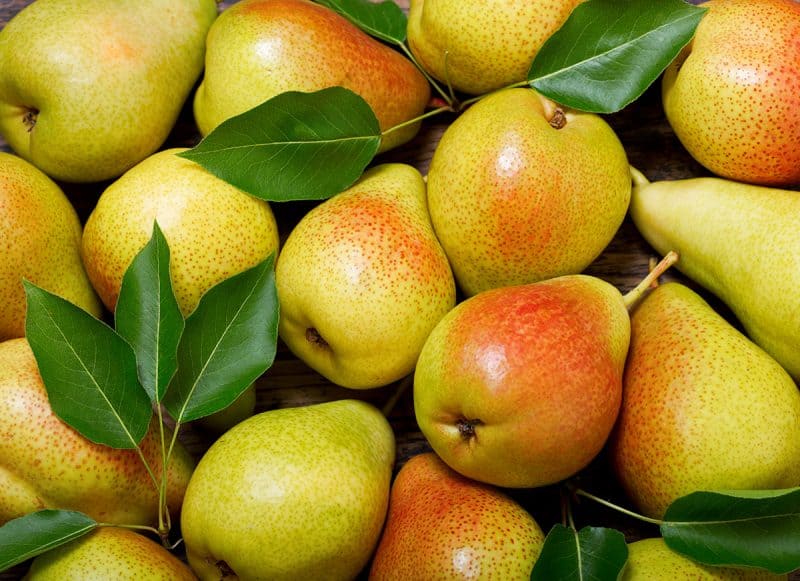
Similar to apples, pears are edible (and non-toxic) for most animals. These trees are a bit more delicate than apples, and need a bit more TLC. Look for varieties that thrive in your zone!
39. Melons
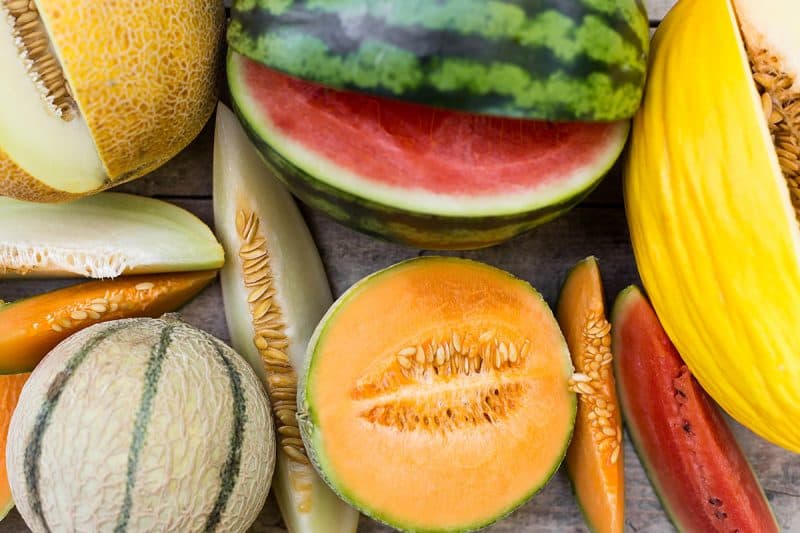
If you live in a hot climate, or your summers get a solid 100 days of strong sunshine and heat, then consider growing some melons. As with other species, it’s best to choose varieties that are either native to your region, or thrive in that zone/climate. Only offer small bits of melon to rabbits and other mammal herbivores, as the high sugar content can be unhealthy for them.
40. Grapes
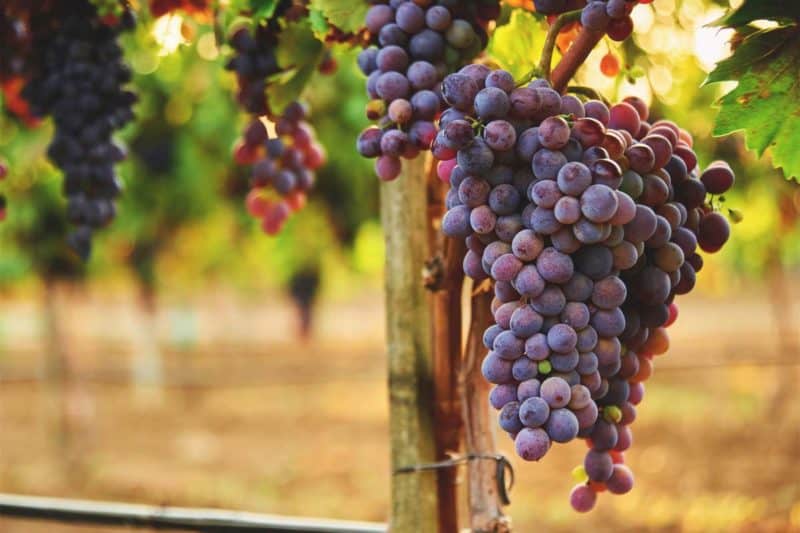
Much like melons, grapes are really high in sugar, so only offer small pieces to your herbivore pets as rare treats. Choose grape varieties that are hardy to your zone, and give them plenty of room to sprawl around in the sunshine.
Use Caution
As mentioned earlier, it’s important to familiarize yourself with your animals’ individual food needs and preferences. Some species thrive on fresh or living foods, while others need drier roughage.
For example, my rabbit eats mostly hay and pellets, but I supplement his daily diet with a few fresh greens, herbs, and a small piece of fruit. That said, if rabbits eat too much wet, green food, they can get bloat. Additionally, some vegetables can cause gas or GI stasis, both of which can be deadly for bunnies.
Always do thorough research on your herbivore companions’ diets. It’s devastating when they aren’t feeling well, and even worse if and when you think they’re sickly because you fed them something that’s “wrong” for them.
If you’re not sure whether the plants mentioned above are safe for your friends, try consulting the following websites:
Degus and Chinchillas: Degu Internationals SAB Diet Plant Identification Forums – http://forum.degus-international-community.org/viewforum.php?f=31
Guinea Pigs: https://www.guinea-pig-advisor.com/feeding/food-list/
Bunnies: https://www.saveafluff.co.uk/rabbit-info/safe-foods-for-rabbits
Parakeets: https://emborapets.com/a-complete-list-of-foods-parakeets-can-eat-and-what-they-shouldnt/
Tortoises: http://www.totallytortoise.com/tortoise-food.html
